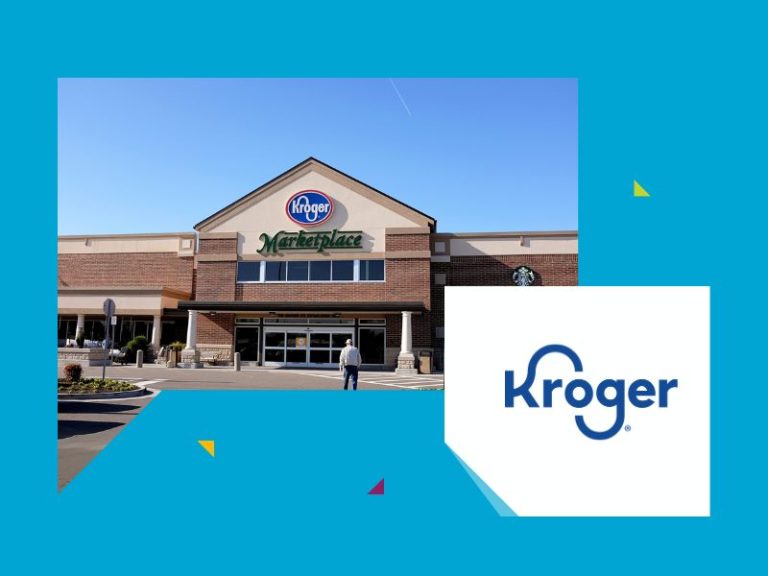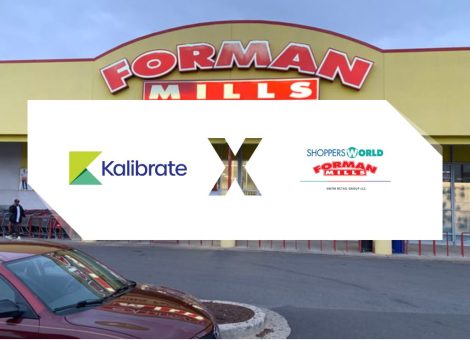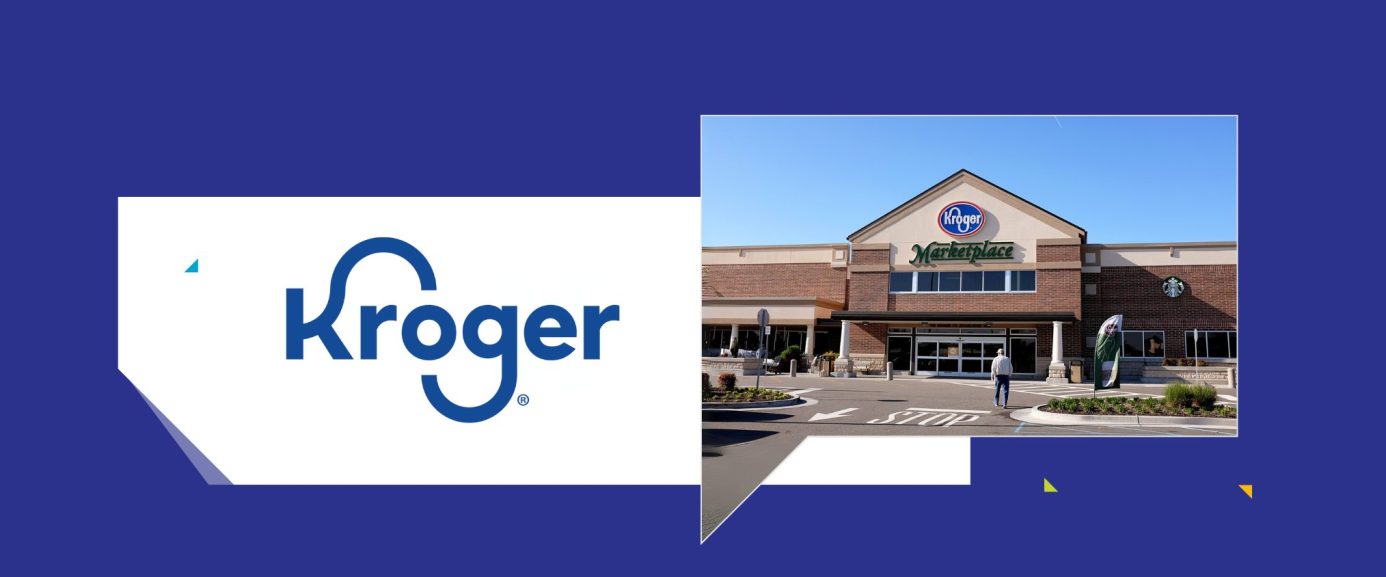From strategy to storefront: Seven questions with Kroger

Location intelligence has transformed from a back-office tool into a competitive advantage—especially in grocery retail, where every new store can influence market share and brand perception. Today, the nation’s leading retailers are using data to understand not just where customers are, but how they shop, commute, and cross-shop competitors.
In this installment of From Strategy to Storefront, we speak with Yoshko Prebanda, Senior Director of Asset Management at Kroger. With more than 2,700 locations nationwide – including Harris Teeter, Ralphs, Fred Meyer, and Pick ’n Save – Kroger is the largest traditional grocer in the US.
Yoshko oversees real estate operations for the western half of the country, offering a unique perspective on how location intelligence guides store development, site selection, and communication of its store network strategy throughout the business.
Tell us about your role and how location intelligence fits into your day-to-day responsibilities.
Yoshko Prebanda: I’ve been with Kroger since 2006 and am responsible for real estate operations for the western half of the U.S. My team uses Kalibrate Location Intelligence (KLI) daily. What started as a tool for site selection has evolved into an enterprise-wide resource for decision-making across operations, construction, and long-term planning.
Why is location intelligence important to an operator in the grocery space?
The more information you have, the better decisions you can make. In grocery, location intelligence is essential for everything from understanding competitive dynamics to planning remodels. Different teams across Kroger use it in different ways – real estate might be tracking competitors, while operations may be planning HVAC replacements tied to store remodels. Our HR department has used it when evaluating workforce deployment in the event we close or relocate a store. It’s an enterprise level tool that’s become part of how we manage our footprint and our business.
How does location intelligence influence your overall business strategy and long-term planning?
It makes our strategy more targeted and efficient. We can zero in on locations, areas, and regions that are most viable and likely to support development – essentially guiding us to “fish where the fish are.” This helps ensure that our investments are made in the right places, aligning our growth plans with real-world market conditions.
Can you share something interesting you’ve learned about your customers, competitors, or markets?
We’ve had several “aha” moments. For instance, we’ve been surprised at the amount of cross-shopping customers do with certain competitors. Visualizing customer locations on a map sometimes disproves assumptions—for example, realizing we weren’t drawing customers from certain areas we thought we were. Using demographic and trade area data helps us better predict where we’ll succeed and where to focus our efforts.
One of our biggest insights came when we ran our site selection process in KLI, inputting demographics, market share, and other qualifications. Essentially a gap analysis. Zooming out to a national level revealed markets we hadn’t considered before, and some of those insights have directly led to new store developments.
Which feature or insights do you find most valuable in your daily work?
Personally, I find the national chain dataset very useful for understanding how we space stores compared to competitors. I also appreciate new datasets—like the Hubexo integration showing housing and permit data—which add another layer of insight to our market analysis. Every new data source feels like another piece of the puzzle.
How is KLI being used beyond the real estate team?
It goes beyond operational efficiency—it’s about organizational intelligence. By putting everyone on the same platform with the same data, Kroger has created strategic alignment across a massive, complex organization.
What started as a real estate tool became the nervous system connecting strategy, operations, construction, finance, pharmacy, HR, and division leadership across 2,700+ locations. Everybody’s a lot more on the same page now.
What types of datasets do you think will become more important over the next 5–10 years?
Continuing to develop the AI functionality within KLI will be really important. We already have plenty of data—our loyalty program gives us visibility into 98.5% of customers, and we can geocode 97% of them. The challenge is making it easy to analyze and present.
In the future, we’ll need more dynamic interfaces, subcategories within layers, and quick toggling between data points. The focus will be fewer clicks, more insights.
What advice would you give someone looking to get into your role?
Be inquisitive and never stop learning. Ask questions, develop your skill set, and build strong relationships both inside and outside your company. Curiosity and collaboration go a long way in this industry.
Key takeaway
Location intelligence is no longer just about choosing the right site – it’s about empowering every part of the organization to make smarter decisions through the lens of what is happening at the store level, from new store development and construction to operations and finance.
Read more articles about:
Location intelligenceSubscribe and get the latest updates
You may unsubscribe from our mailing list at any time. To understand how and why we process your data, please see our Privacy & Cookies Policy
Related resources
Location intelligence
Forman Mills accelerates growth with the Kalibrate Location Intelligence platform
The value apparel and home goods retailer selects Kalibrate to to support its national expansion strategy.

Location intelligence
The Kalibrate news round-up: November 2025
In this monthly feature, we look across the industry and mainstream news to uncover stories of note that we think are...


